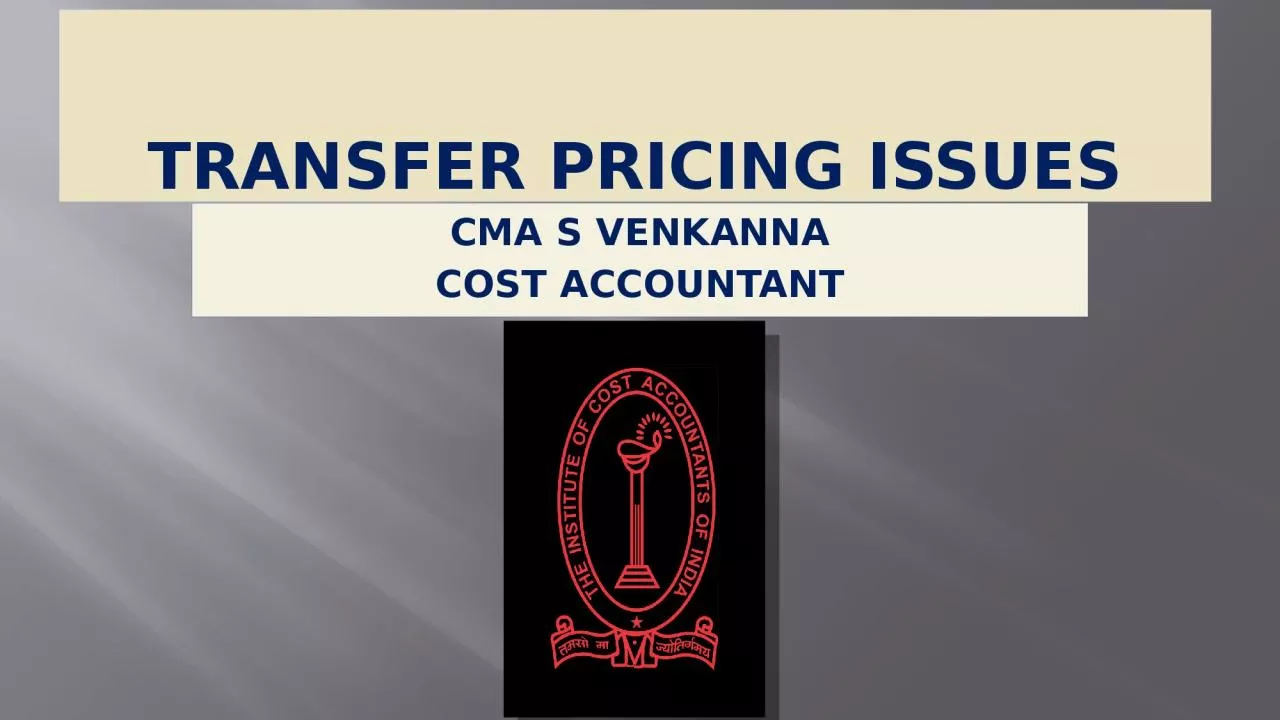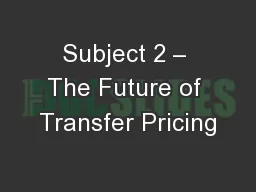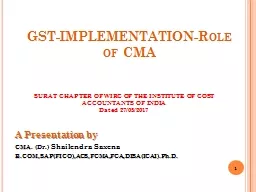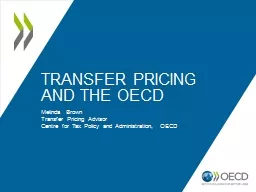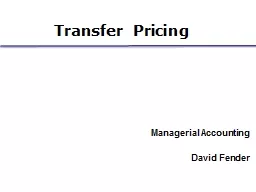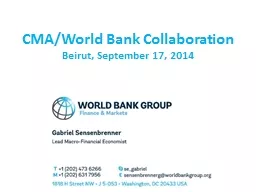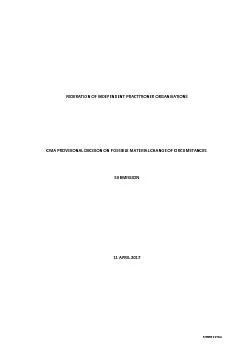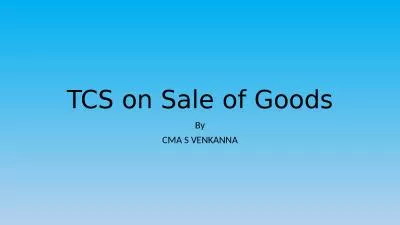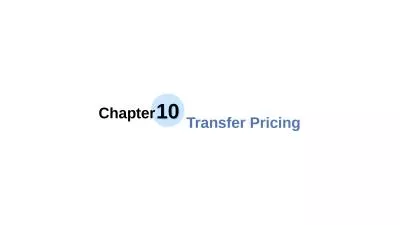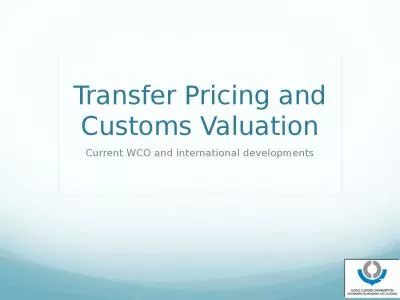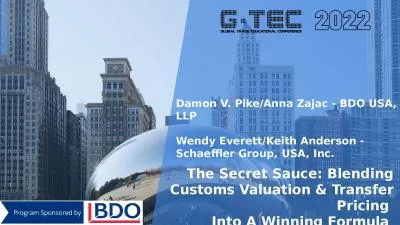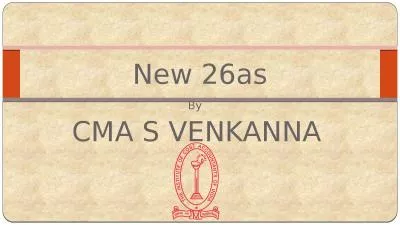PPT-Transfer Pricing Issues CMA S VENKANNA
Author : caitlin | Published Date : 2023-11-04
COST ACCOUNTANT Background of TP The regulations govern the prices between inter company transactions within the multinational companies Cross Border Transactions
Presentation Embed Code
Download Presentation
Download Presentation The PPT/PDF document "Transfer Pricing Issues CMA S VENKANNA" is the property of its rightful owner. Permission is granted to download and print the materials on this website for personal, non-commercial use only, and to display it on your personal computer provided you do not modify the materials and that you retain all copyright notices contained in the materials. By downloading content from our website, you accept the terms of this agreement.
Transfer Pricing Issues CMA S VENKANNA: Transcript
Download Rules Of Document
"Transfer Pricing Issues CMA S VENKANNA"The content belongs to its owner. You may download and print it for personal use, without modification, and keep all copyright notices. By downloading, you agree to these terms.
Related Documents

